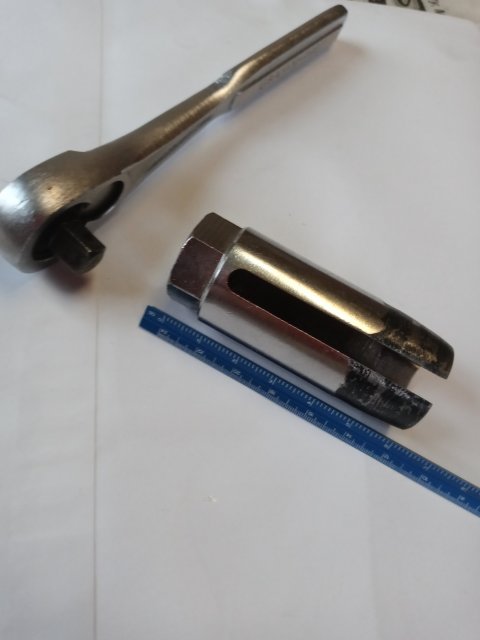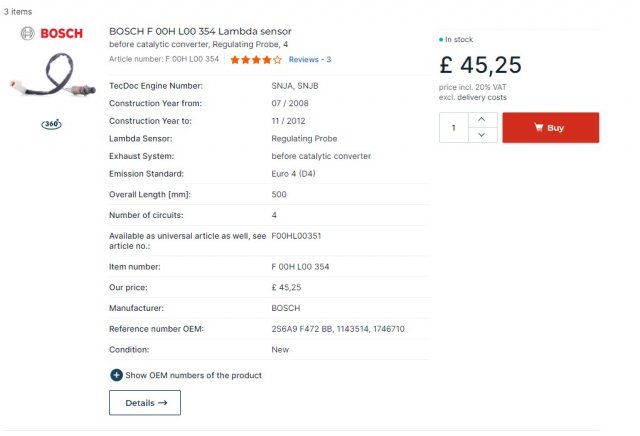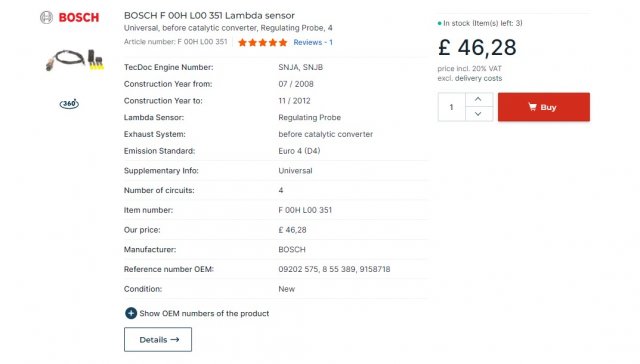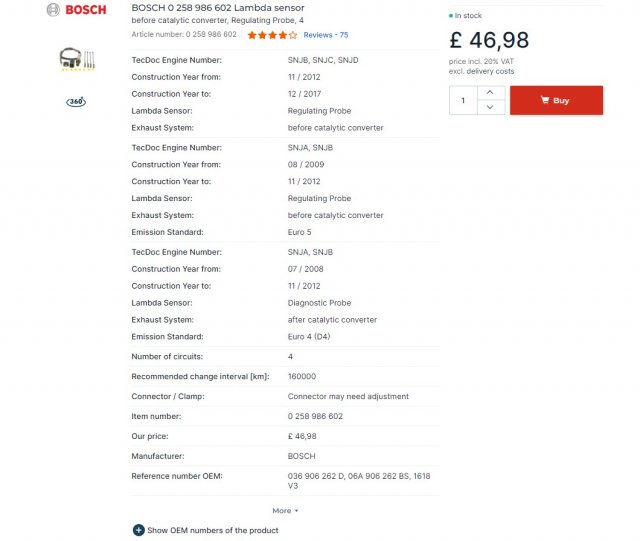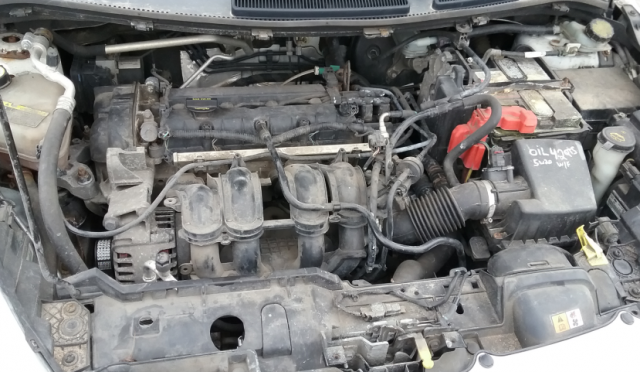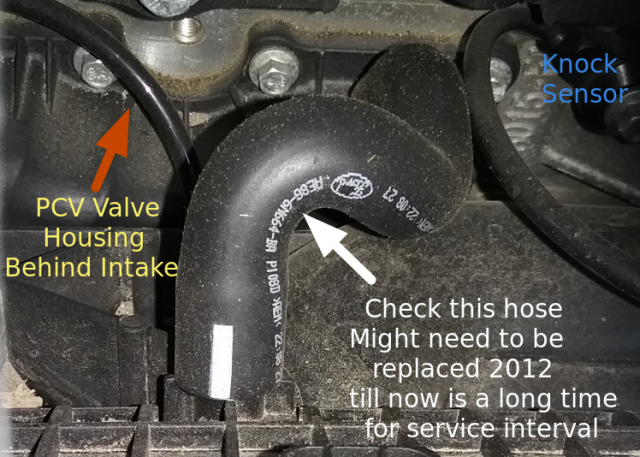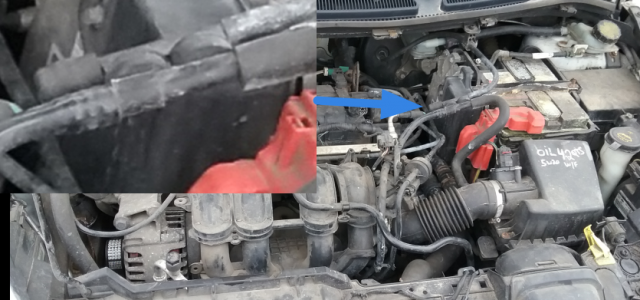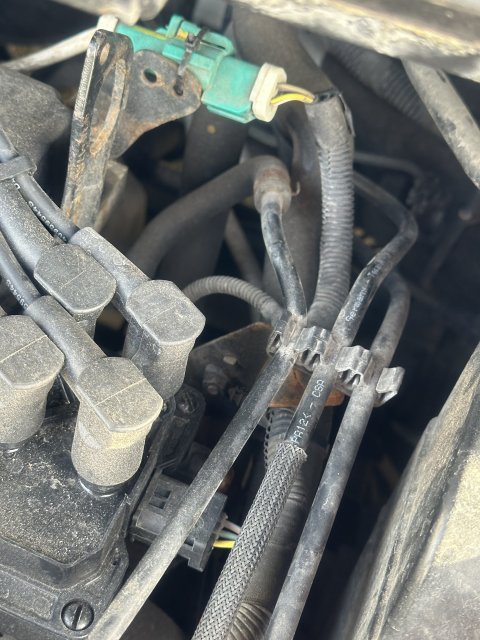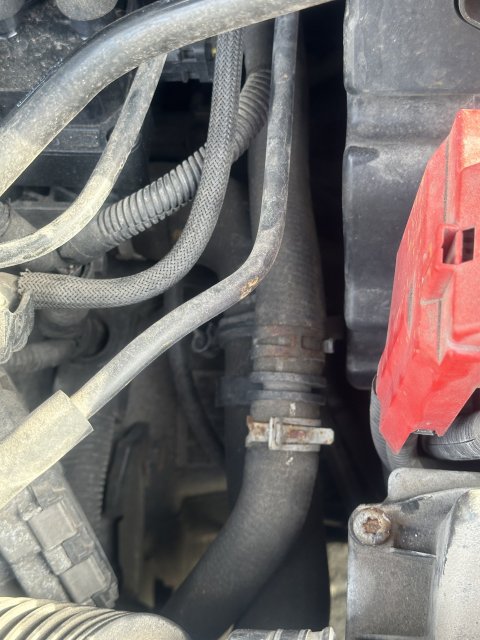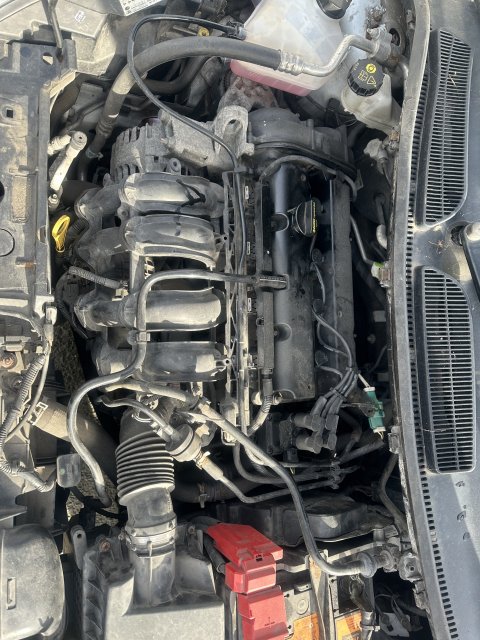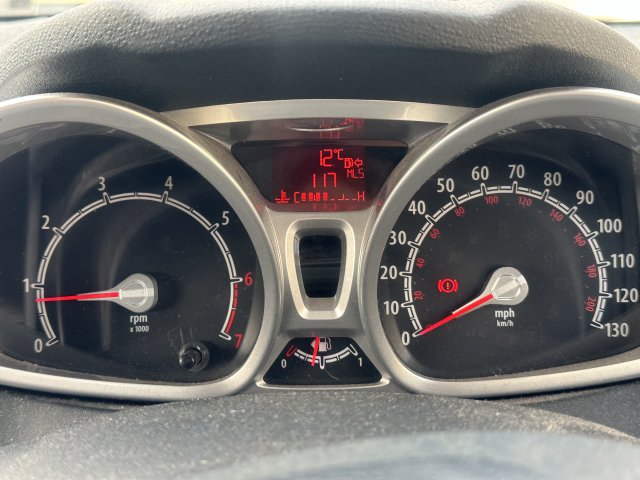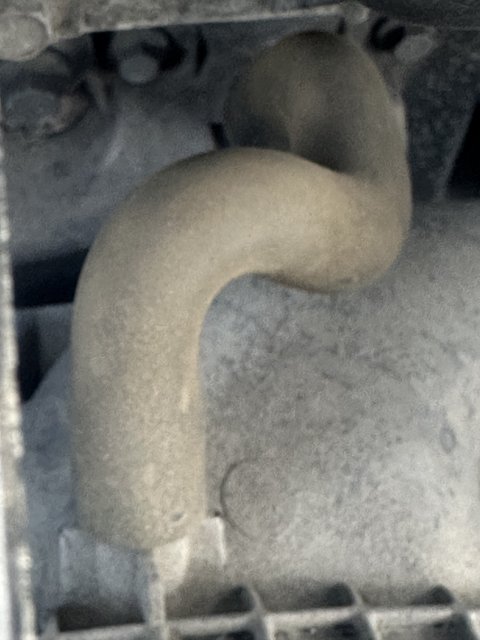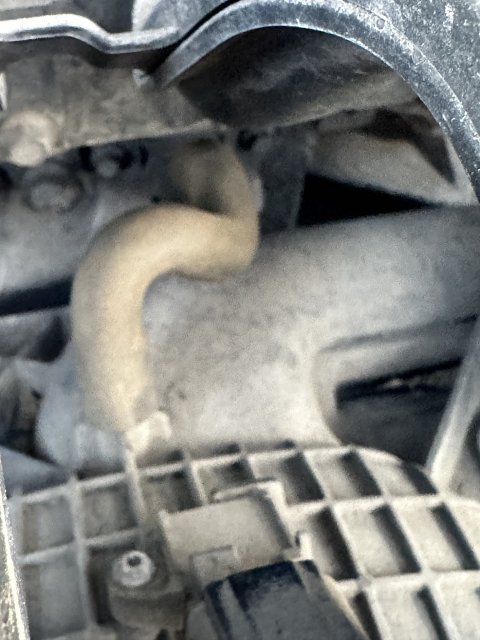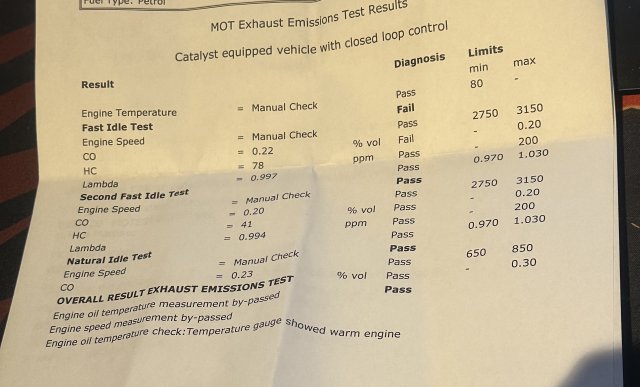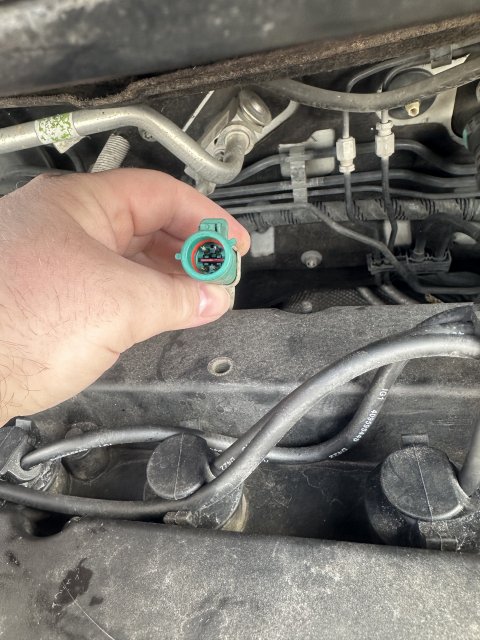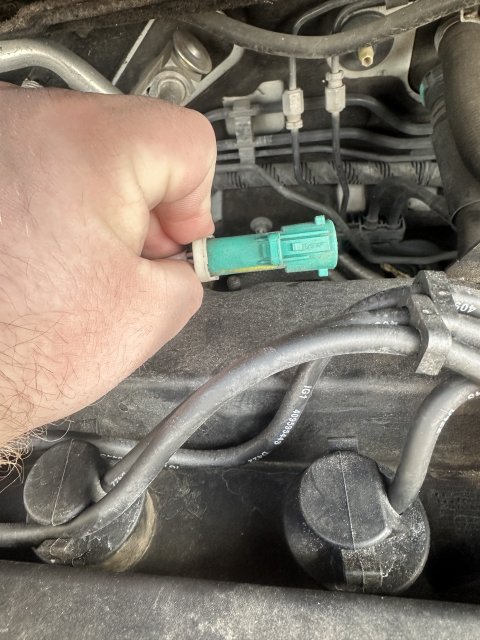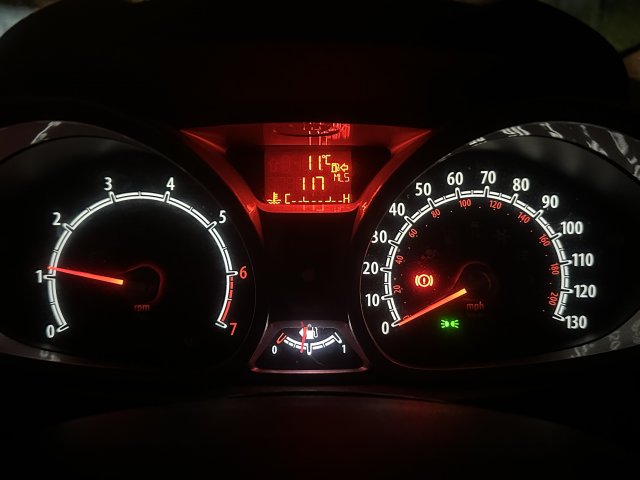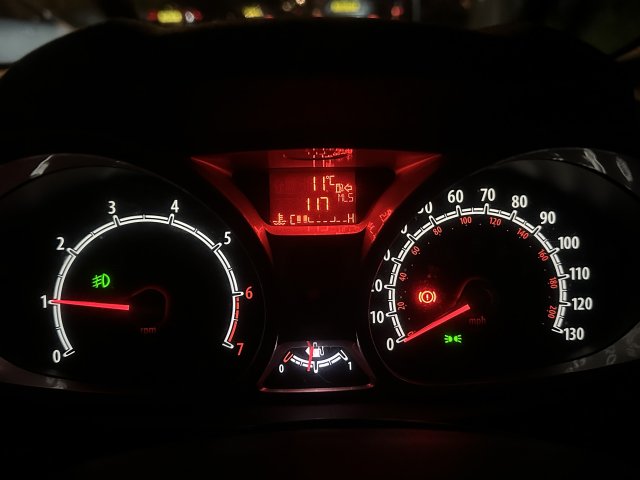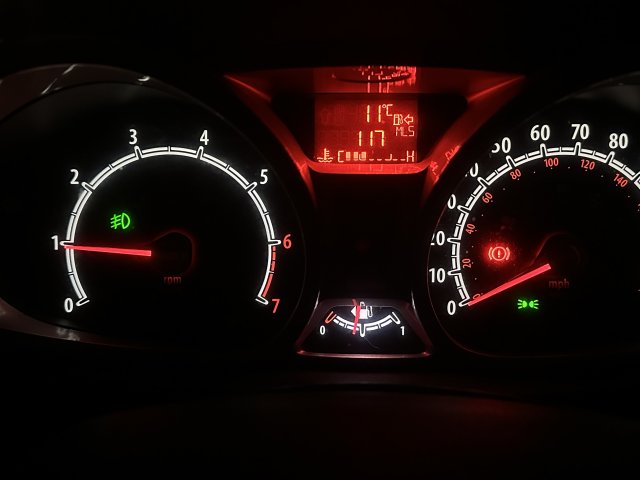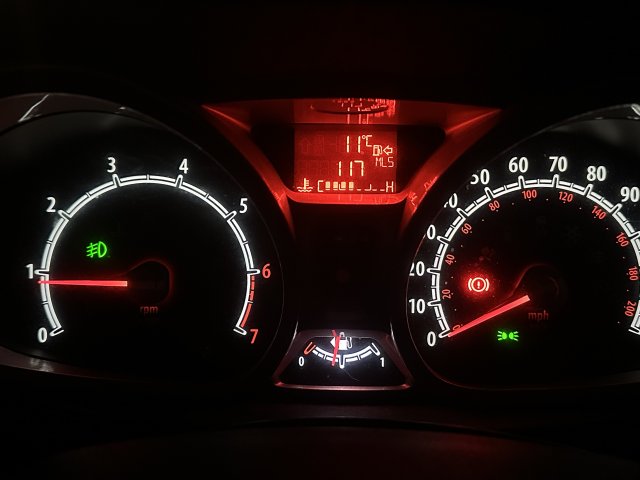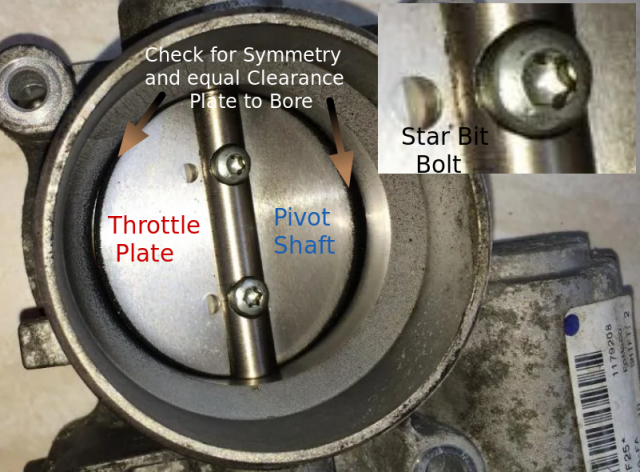- Messages
- 7
- Likes
- 0
- City
- Lancing
- State
- Non-US
- Country
- United Kingdom
- What I Drive
- Ford Fiesta 2012 1.25L Petrol
Hello!
This is my first post so sorry if I made any errors
Just to start off with, I saw another post regarding this matter on his forum however would like some advice regarding my situation.
Car info:
-Regularly serviced.
-Mileage: 50k
-Driven mostly as a city car low but constant daily miles.
Symptoms:
-Petrol smell from cars exhaust.
-Quite high MPG than compared to couple months back.
-High idle RPMs till warmed up around 1.1/1.2.
-Very minor performance hit (barely noticeable, no stuttering or anything either).
As most people probably on this forum I drive a 2012 1.25L petrol Ford fiesta.
On my last MOT (Yes I know, I'm a brit) I got told that my Fiesta just barely passed the emissions test on the last try/second. Got told that it could be a variety of problems ranging from a MAF sensor, oxygen sensor to a bad catalytic converter. I kind of ignored it because I'm stupid and didn't do any investigating or anything (Yeah I know I regret it now). Around 23 days later during a long drive (Around 80 miles) my check engine light popped up. Carried on driving till I got to my destination and called up my local mechanic to investigate this. Got the code P0420, he kind of just told me what the guys at my MOT told me and just changed my spark plugs to some NGK ones and deleted the code. Mentioned that most of the work that would need to be done would cost quite a lot and I'd need OEM parts which cost quite a lot as well. Mentioned a couple smallish potential additives that could help which I've done as of writing this post. I Added "Wynn's super charge oil treatment" for my engine, and "Wynn's catalytic converter & Lambda cleaner" to my tank used both as per the instructions and noticed a minor change if any, however I didn't get the engine light pop up again but I presume its a matter of time (which is perfect timing considering I'm broke atm). I'm going to get myself an OBD2 reader so I can personally diagnose and not pay these massive diagnostic fees the mechanics charge.
My questions:
-Do I really need OEM parts? specifically the oxygen sensor? As the OEM ones are like £200 whereas some other branded ones are between £30-60 which seems more reasonable. If so which brands would you recommend on a budget?
-Is changing the O2 sensor something I can do or would I need a mechanic? Like how likely am I to fuck it up?
-How likely is it to be my catalytic converter considering my car has only done 50k miles and been serviced regularly?
-If its not the O2 sensor, what order of parts to go down next?
Thanks in advance, any input would be greatly appreciated
This is my first post so sorry if I made any errors
Just to start off with, I saw another post regarding this matter on his forum however would like some advice regarding my situation.
Car info:
-Regularly serviced.
-Mileage: 50k
-Driven mostly as a city car low but constant daily miles.
Symptoms:
-Petrol smell from cars exhaust.
-Quite high MPG than compared to couple months back.
-High idle RPMs till warmed up around 1.1/1.2.
-Very minor performance hit (barely noticeable, no stuttering or anything either).
As most people probably on this forum I drive a 2012 1.25L petrol Ford fiesta.
On my last MOT (Yes I know, I'm a brit) I got told that my Fiesta just barely passed the emissions test on the last try/second. Got told that it could be a variety of problems ranging from a MAF sensor, oxygen sensor to a bad catalytic converter. I kind of ignored it because I'm stupid and didn't do any investigating or anything (Yeah I know I regret it now). Around 23 days later during a long drive (Around 80 miles) my check engine light popped up. Carried on driving till I got to my destination and called up my local mechanic to investigate this. Got the code P0420, he kind of just told me what the guys at my MOT told me and just changed my spark plugs to some NGK ones and deleted the code. Mentioned that most of the work that would need to be done would cost quite a lot and I'd need OEM parts which cost quite a lot as well. Mentioned a couple smallish potential additives that could help which I've done as of writing this post. I Added "Wynn's super charge oil treatment" for my engine, and "Wynn's catalytic converter & Lambda cleaner" to my tank used both as per the instructions and noticed a minor change if any, however I didn't get the engine light pop up again but I presume its a matter of time (which is perfect timing considering I'm broke atm). I'm going to get myself an OBD2 reader so I can personally diagnose and not pay these massive diagnostic fees the mechanics charge.
My questions:
-Do I really need OEM parts? specifically the oxygen sensor? As the OEM ones are like £200 whereas some other branded ones are between £30-60 which seems more reasonable. If so which brands would you recommend on a budget?
-Is changing the O2 sensor something I can do or would I need a mechanic? Like how likely am I to fuck it up?
-How likely is it to be my catalytic converter considering my car has only done 50k miles and been serviced regularly?
-If its not the O2 sensor, what order of parts to go down next?
Thanks in advance, any input would be greatly appreciated

